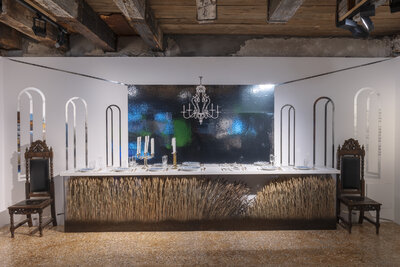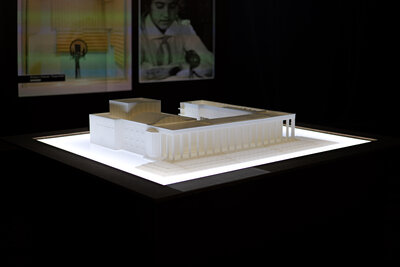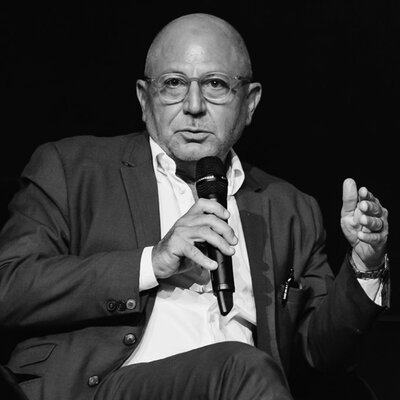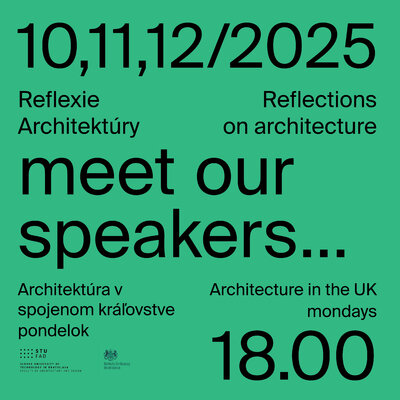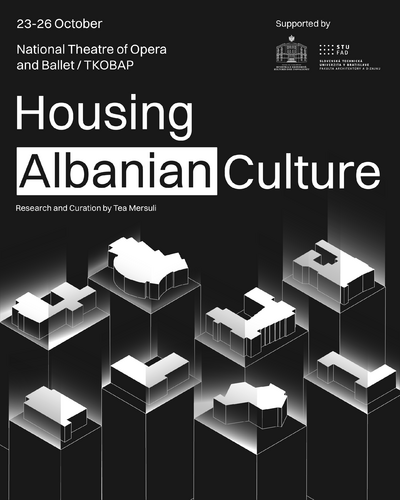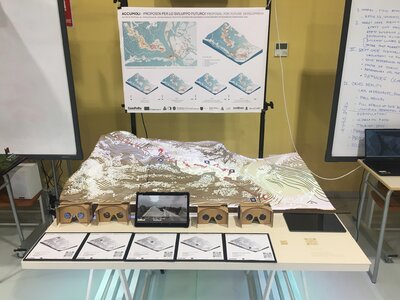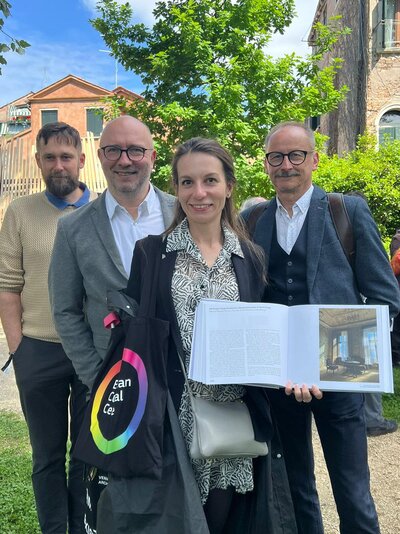Associate professor Edita Vráblová has been working on housing solutions for more than twenty years, currently also as the head of the Institute of Architecture of Residential Buildings at FAD STU. According to her, this topic is currently experiencing a renaissance. She is convinced that architects can significantly influence the living environment through social, ethical and ecological decisions.
Housing, especially its affordability, but also its environmental friendliness or sustainability is becoming a major political and social issue. Is it?
Current data show that housing construction is stagnating. The number of new housing projects has fallen, with more than half of the construction being flats in family houses. Therefore, it is very important to promote housing construction in a targeted manner and to offer the necessary financial support to residents in order to break the vicious circle and stabilise the housing market. In the recent period, which has also brought coronary heart disease, war-related migration and climate change, the subject of housing is experiencing a renaissance. Affordable and healthy housing, an emphasis on community and socially inclusive living environments are among the key trends today. However, from an architect's perspective, it will also be necessary to deliver non-traditional solutions that are both cost-effective and offer a high quality of life. 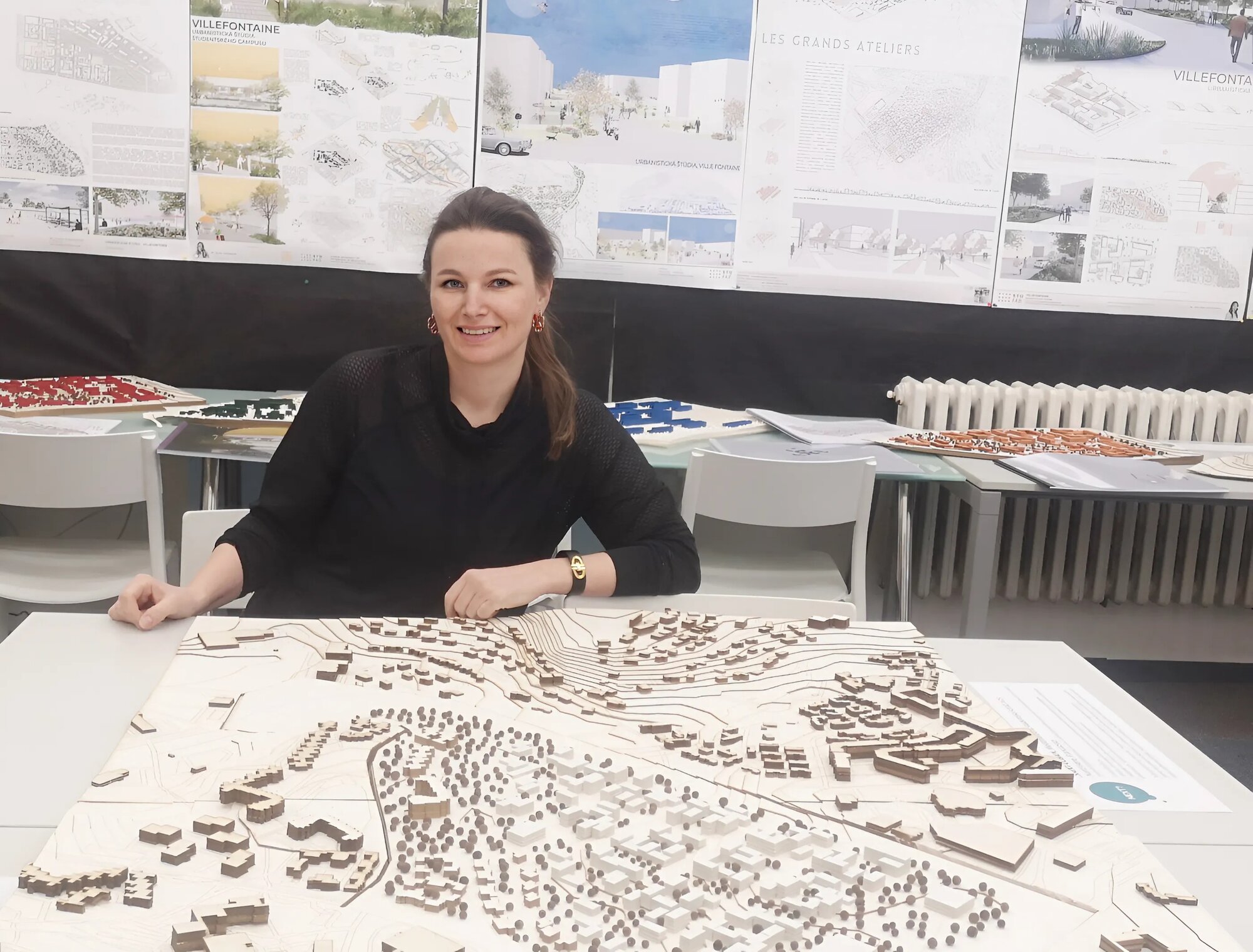
Is it the role of architects to respond to the demand for housing and specific assignments from builders, or should they also shape social discourse in this area? To what extent should architects actively engage in social discussions with their solutions?
Architects should respond to the challenges posed by global urbanisation processes. In my view, it is extremely important to involve architects in social discussions. They should raise awareness about architecture and, at the same time, design in such a way that their projects improve people's quality of life, for example in terms of health and social interaction. The social responsibility of architects is extremely important for today's society. In recent years, the understanding of social architecture has deepened, meaning that buildings should be designed in the spirit of inclusive and sustainable design, with spaces accessible to all, promoting a sense of belonging and ownership. The quality of the living environment has a significant impact on how a community functions. Architects can significantly influence the living environment through the social, ethical and environmental decisions that result from their designs. The profession of architect goes far beyond the simple design of building structures and has a major impact on society.
What positive developments in the field of housing would you highlight?
Architecture in the field of permanent and temporary accommodation is currently undergoing a number of positive changes, which focus primarily on environmental protection, technological innovation and social integration. In my view, these three areas are most evident in contemporary residential architecture. The most significant factor that will continue to influence the housing sector in the future is climate change, from several perspectives. There is an increasing emphasis on environmentally friendly building materials, renewable energy sources and energy-efficient design of building volumes and layouts. Such measures not only reduce the ecological footprint, but also reduce the long-term operating costs of buildings.
What impact will the aforementioned technological innovations have?
The continuing integration of digital technologies into living spaces ensures greater comfort and optimised management of energy systems. Intelligent building management solutions and automated systems allow for more flexible organisation of the living environment and conservation of resources. Digital planning processes, such as BIM, also significantly simplify processes in the construction industry.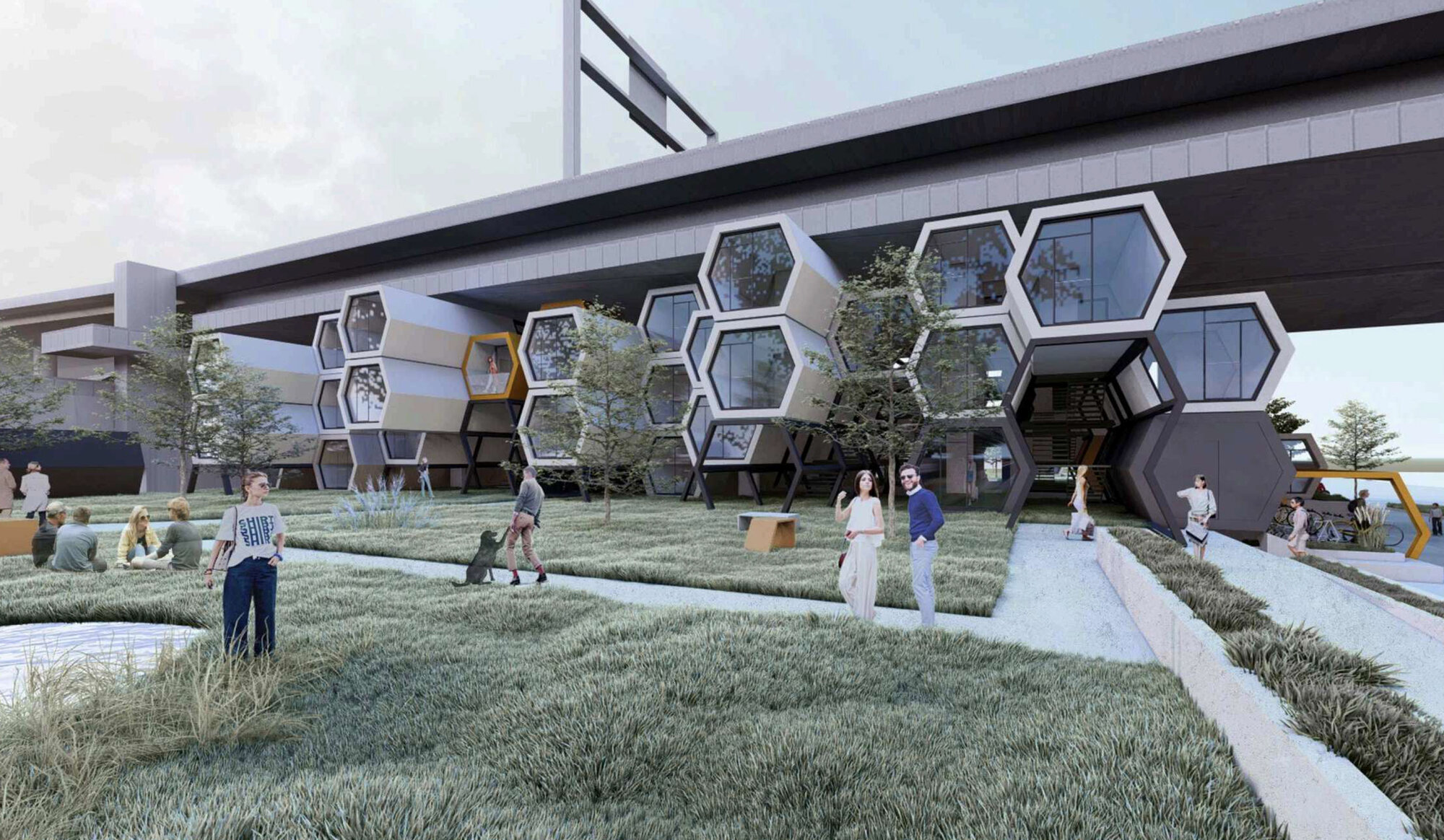
Modular parasitic architecture, student: Bc. Erika Kočíšková, supervisor: Edita Vráblová
Thirdly, you mentioned social integration.
New housing concepts are increasingly focusing on social aspects by promoting shared spaces and inclusive forms of housing. Currently, many apartment building designs have a distinct community character that combines individual needs with the desire for neighbourly interaction and can help strengthen social cohesion. The projects integrate attractive shared indoor and outdoor spaces that catalyze planned and chance encounters between residents, distinguishing community projects from traditional housing developments. This positive development in residential architecture shows that modern construction projects today offer much more than just pure functionality and aesthetics. For sustainable urban development, I am sensitive to the problem of empty, unused buildings in city centres. When walking through the centres of Slovak cities, we often see active ground floors of buildings, but at the same time, other floors of the building are used inefficiently or even abandoned. The demand for residential space in these locations is declining, whether due to high rents, inadequate infrastructure, or the trend towards suburban and peripheral locations. In my view, city centres offer enormous potential for new types of housing: through conversion, extension or modernisation of existing buildings.
What current housing issue would you like to highlight?
Strict building regulations and lengthy approval procedures often significantly delay the conversion of office, listed or other vacant properties into residential spaces. However, converting existing buildings into residential properties makes sense from an environmental perspective in many ways. In addition to reducing construction waste and carbon footprints compared to demolition and new construction, it helps minimise urban land consumption and preserve historical structures – both of which are important for sustainable urban development. Of course, conversion sometimes requires extensive renovation measures to meet today's energy standards, but in many cases the environmental benefits outweigh the costs. Supporting conversion or renovation measures, for example through tax incentives or special financing programmes, could help to better utilise the existing housing potential in city centres, thereby reducing the housing shortage and creating more sustainable cities.
What topics are you currently working on in the VA you run with Associate Professor Michal Czafík?
Our vertical studio is designed as a thematic one, focusing primarily on innovative concepts in residential architecture that respond to practical requirements. Recently, we have been focusing on the creation of modular architecture, especially in the field of residential buildings, temporary accommodation and hybrid forms of housing. Progressive buildings composed of modular cells require a multidisciplinary approach to design and implementation, combining the ideas of environmental responsibility, social awareness and unconventional technological processes. The contribution of modular architecture concepts to the general typology of residential buildings and accommodation facilities is a new understanding of the spatial design of interiors resulting from the characteristics of prefabrication of three-dimensional modular spaces.
Do students have any preconceptions about modular architecture as something less inventive?
On the contrary, this topic is very inspiring for our students and also for us, the teachers, and in some aspects perhaps even visionary. For example, our graduates worked on designs for modular student housing located on unused areas under bridge structures or suspended directly from them. We also invited specialists in concrete bridge structures and transport to our studio for consultations. Among other things, modular architecture raises questions about the multifunctionality of interiors, living in a minimal space and its psychological effects on users. Our students deal with the concept of interior design at much earlier stages of the design process than in traditional ‘brick’ construction, as the interior space is strongly subordinate to the initial boundaries of the prefabricated modular cell. Modular architecture in many implementations around the world is a response to living in extreme conditions (climatic, social, crisis), but on the other hand, it offers an alternative for the younger generation craving originality and innovative solutions.
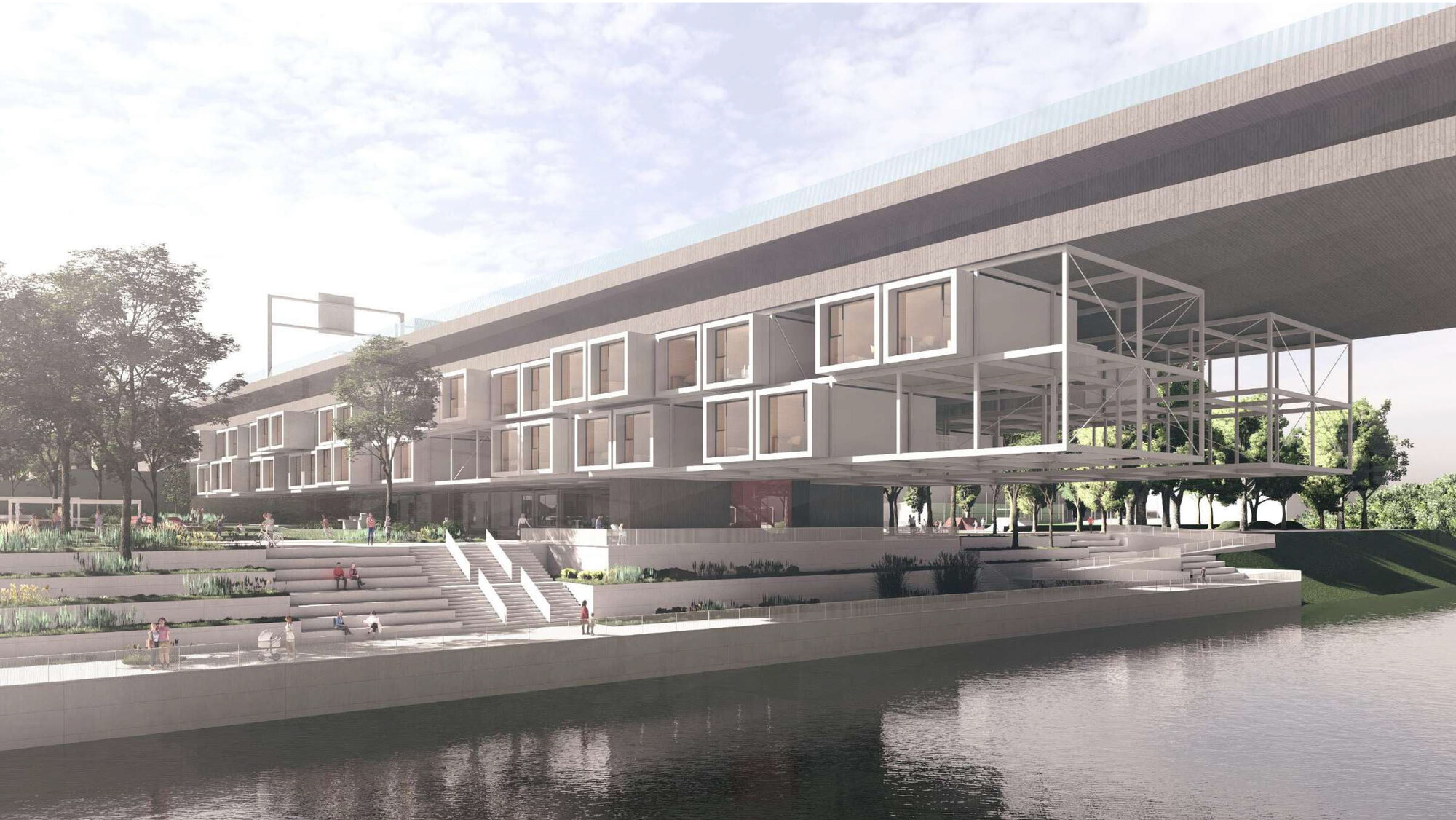
Modular parasitic architecture, student: Bc. Matúš Blažíček, supervisor: Edita Vráblová

